Why Agroforestry?
Agroforestry, where frameworks of woodland, trees and hedging are combined with agricultural activity across the same piece of land, can play an important role in maintaining traditional income, whilst increasing farm business diversification and overall productivity.
Trees and woodlands on the farm can create an income from less productive land, increase capital land value, biodiversity and carbon sequestration, help protect and enhance soils, alleviate flooding, and stabilise riverbanks. Trees can also provide a firewood crop or produce timber for more commercial purposes.
Additional benefits of on-farm tree planting include improving live weight gain for livestock, provision of shelter from the extremes of our changing climate, extended grazing seasons, improved dry matter in silage and forage, increased crop yields and cereal returns, and reduced feed and fertiliser costs, as well as helping the farm to contribute to environmental targets.
Tilhill’s professional forest managers can assess a site to find the best ways to incorporate trees, shrubs or hedgerows into a farm, enabling the farm business to gain from greater productivity and environmental benefits.
Case Studies
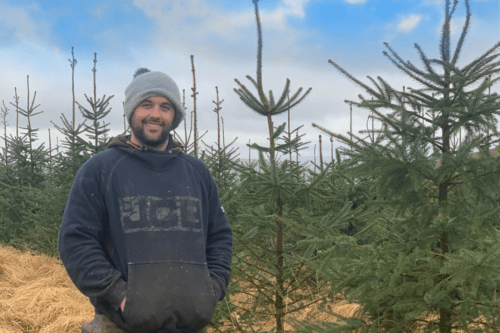
Tynyberth: A 500 acre Welsh Sheep Farm
We interview Jack Lydiate, a fifth generation Welsh farmer whose family owns Tynyberth Farm, a 500 acre organic hill sheep farm. Jack had the forward vision to plant 120 acres of woodland through the Glastir Woodland Creation scheme on land that wasn’t seeing a good return.
Watch Now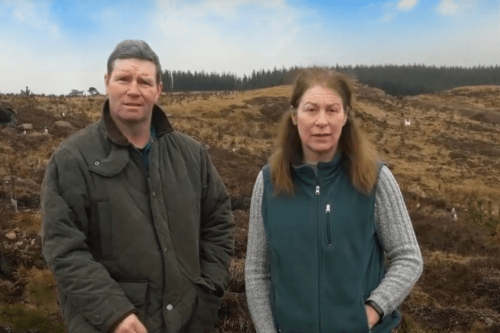
Wester Gatherleys: A Scottish Cattle and Sheep Farm
We interview cattle and sheep farmers Shona and John Patterson to find out how they implemented woodland creation on their farm in Scotland. John and Shona explain the benefits of using Tilhill to apply for all the planting permissions and to conduct the surveys, including all the potential opportunities for the land.
Find out more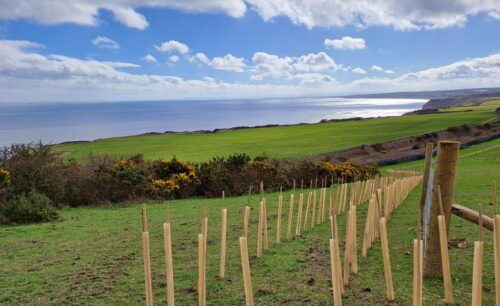
Planting Hedgerows for Habitat Creation and Connectivity
We worked with the National Trust to submit a grant application to plant over 40,000 mixed hedgerow trees and shrub species at White Lea Farm in Horden as part of their Durham Coast & Countryside portfolio. The project saw the planting of over 8.2 kilometres of hedgerows to diversify the land for social and environmental benefit.
Read MoreKey Benefits of Agroforestry
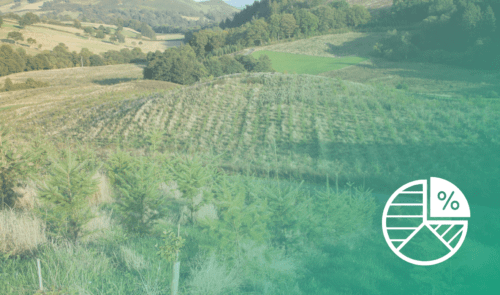
Diversifying revenue
Timber and carbon related opportunities may earn more in the longer term and, in many cases, spending less time managing poor ground can let you focus on getting the best out of productive farmland.
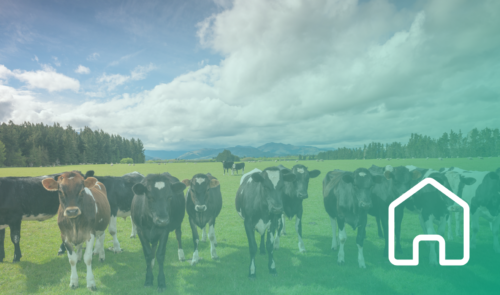
Shelter for livestock
Strategic planting can offer shade for livestock, which becomes crucial as we see summer temperatures rising. Trees are a natural way to provide cooler areas, helping keep livestock out for longer, reduce feed costs, increase growth rates, and possibly lowering vet bills.

Improving Biodiversity
Woodlands provide essential habitats to a wealth of wildlife, including nesting birds, shade-loving plants and fungi. Tree planting has a central role to take in efforts to tackle the UK’s biodiversity crisis

Flood Mitigation
A mature tree can capture over 700 gallons of water per year so they are an effective way of slowing run-off on farms and increasing water infiltration.
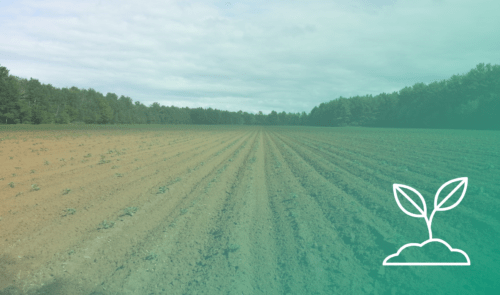
Reducing Soil Erosion
Rain has the power and momentum to penetrate soil when it hits the ground and, if the land is dry, wind can also do significant damage. Trees break up droplets of rain, while roots hold the soil together and protect it from the effects of wind.
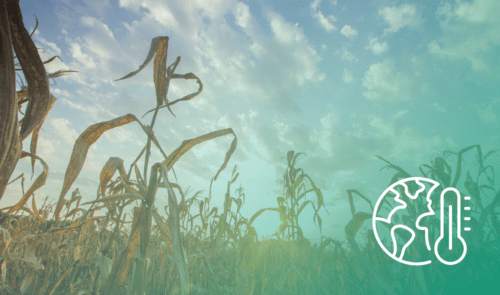
Climate Action
According to the Woodland Carbon Code, broadleaf woodlands capture around 350 tonnes of carbon per hectare over 100 years and commercial conifers capture 170 tonnes of carbon over 40 years. Tree planting plays key role in helping to mitigate climate change.
Revenue and Farm Diversification Services
Tilhill offers a complete woodland management and agroforestry service to farmers, tailored according to their individual needs. Our qualified and experienced forest managers work to understand your goals and can undertake every aspect of caring for the property. Tilhill has worked on many woodland creations schemes to enhance farmland and provide a significant increase in value for the farm owner.
Agrosilvopastoral Systems
Tilhill advises on Silvopastoral agroforestry, the practice of integrating trees with livestock to allow ‘Forest grazing’ of animals within woodland ecosystems. Forest grazing usually involves cattle but can also include pigs and sheep. Tilhill can advise and implement silvoarable agroforestry to help farmers benefit from the incorporation of trees with crops.
Hedgerows, Shelter Belts and Riparian Buffer Strips
Hedgerows offer both carbon storage and shelter for nesting, hibernating, and breeding wildlife and are an excellent food source too. Hedgerows provide much-needed wildlife corridors linking habitat parcels to enable the movement of wildlife across a wider area.
Hedgerow planting is also an excellent contribution towards biodiversity through preventing soil erosion and pollution, they can regulate water flow and reduce flooding, making planting hedgerows an excellent option for sustainable farming and landowners looking to mitigate the effects of climate change.
When planting between fields, Tilhill can plan and implement strips of hedgerows, shelterbelts or buffer strips situated next to rivers, banks and streams, carrying out all the necessary surveys and plans.
Carbon Opportunities
There are also opportunities to benefit from the emerging carbon market. Woodland-generated carbon prices have been rising over the past 2-3 years, and Tilhill’s carbon-offsetting business, CarbonStore, is able to secure a fair and competitive price, due to both the competitive nature of its specific service and trends in the wider market.
Hedgerows sequester carbon at twice the rate of woodland because of their three-dimensional structure, and England’s hedges already store 9m tonnes of carbon.
We are also working with the Hedgerow Carbon Code which calculates the carbon stored in a hedge for verification purposes, in order to, in the future, allow farmers and landowners to sell their hedgerow carbon credits as part of the UK Governments Sustainable Farming Incentive (SFI).
Resources
Woodland Creation Grants
A range of woodland creation, forestry management and carbon grants are available to help farmers get started with planting.
Read MoreIntroductory Guide to Carbon
An introduction to the terminology and processes involved in selling and purchasing of woodland generated carbon units.
Download NowFarmers Weekly Transition
Transition is an initiative from Farmers Weekly aimed at securing a sustainable future for your farm business.
Learn More


